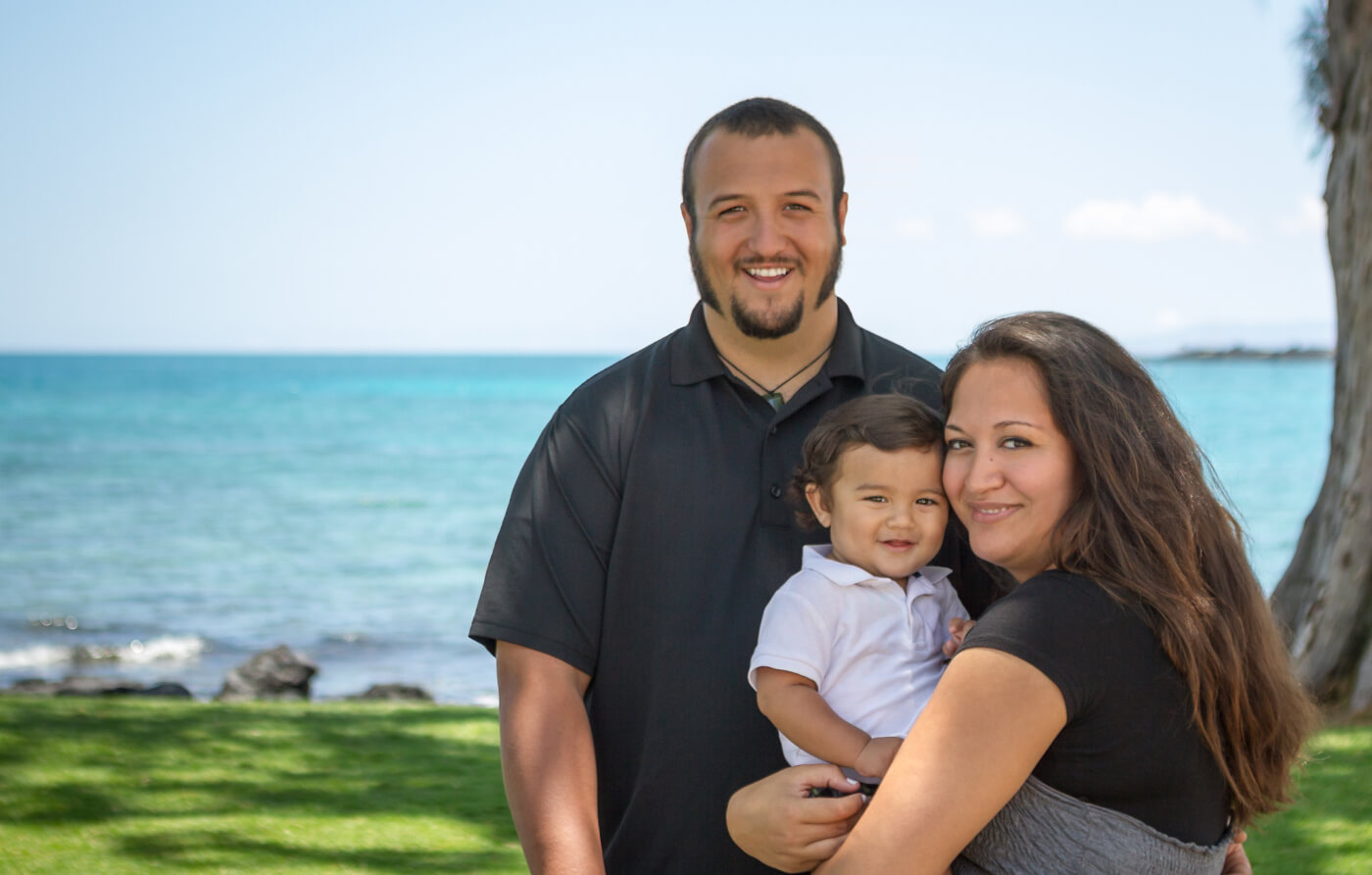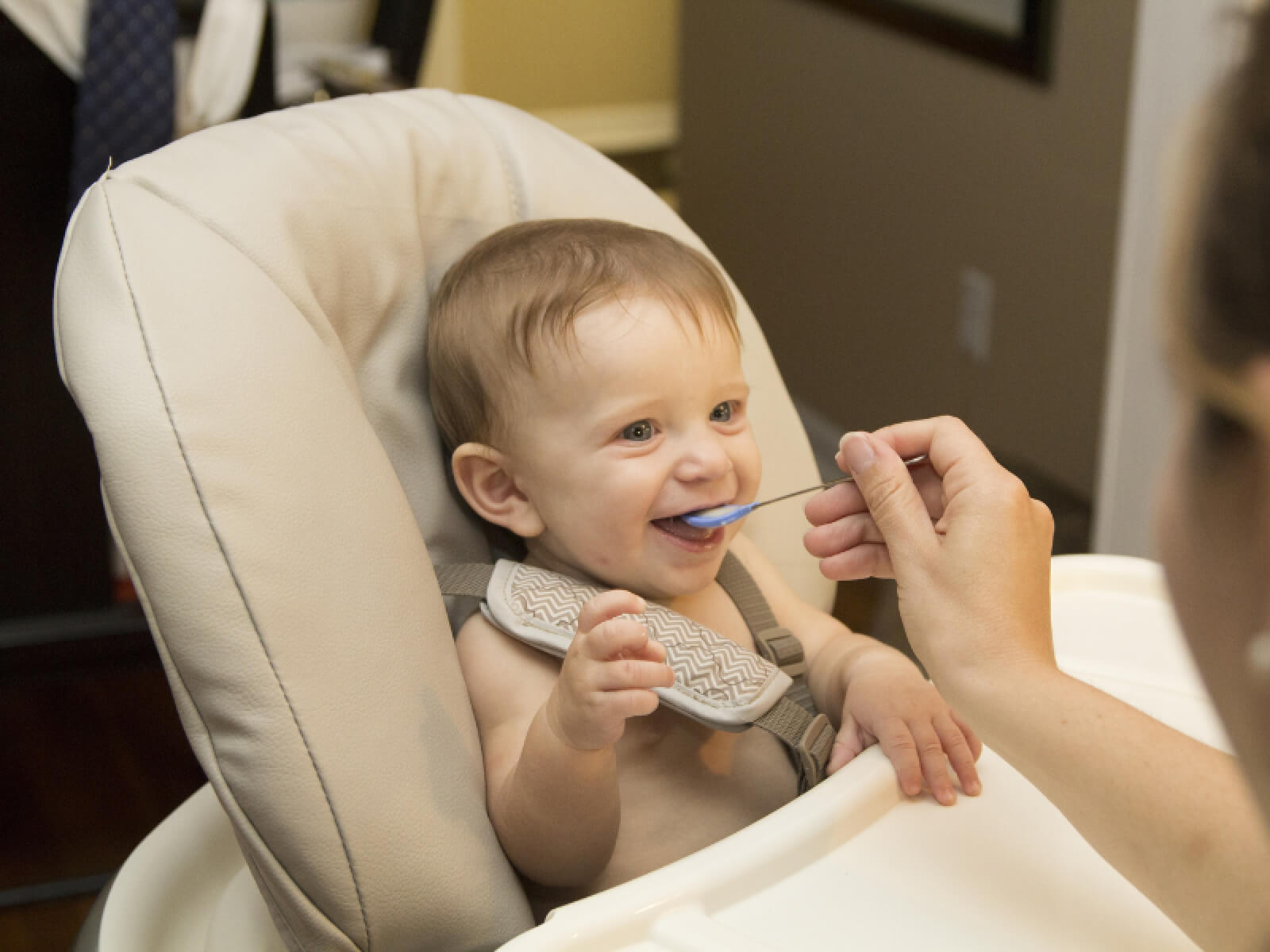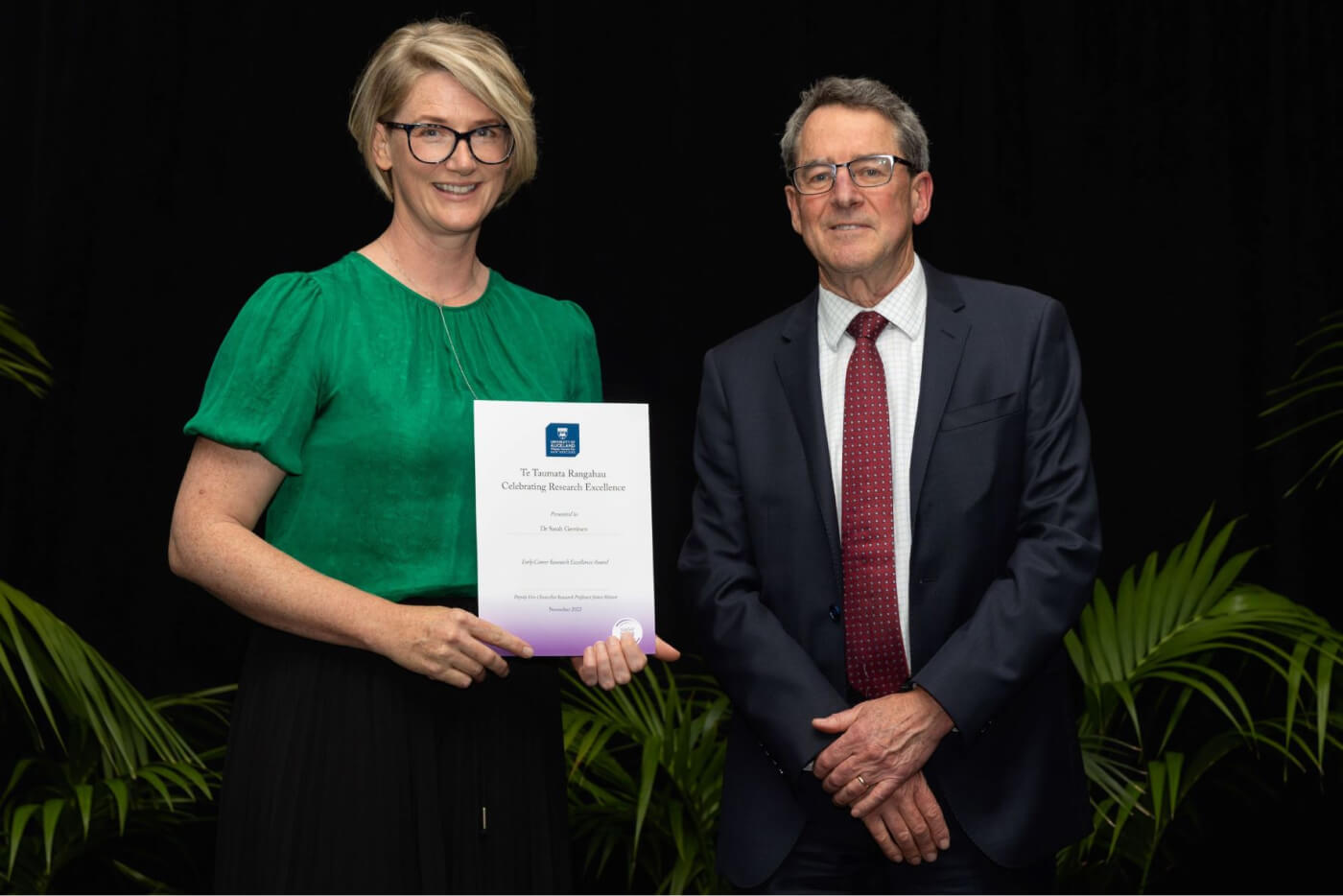New research gives unique insight into breastfeeding in New Zealand

December 1, 2017
New Zealand compares well with other developed countries when it comes to initiating breastfeeding, but New Zealand children are not being breastfed for as long as international guidelines recommend.
Results in brief
Mothers of 6,685 singletons were asked questions about breastfeeding initiation and duration of any and exclusive breastfeeding. These questions were asked when their children were six weeks, nine, 31 and 45 months old.
Questions about the age at which other foods were introduced were asked when the children were six weeks and nine months old.
- Three percent of the children were not breastfed at all.
- Children of mothers of Māori or Pacific ethnicity were less likely to have been breastfed.
- Children received (any) breastfeeding for a median duration of seven months.
- Children were exclusively breastfed for a median duration of four months.
- At age six months, one and two years, 66, 37 and 13 percent (respectively) of children were still being breastfed.
- At age four and six months, 54 and 16 percent (respectively) of children were being exclusively breastfed.
- The likelihood of any breastfeeding for six months or longer was increased for children of women older, rather than younger, than 20 years; who had a tertiary versus secondary or lower education; for whom this was a planned pregnancy; or who had other children.
- The likelihood of exclusive breastfeeding for four months or longer was decreased for children of women of Māori, Pacific or Asian ethnicity.
- The likelihood of exclusive breastfeeding for four months or longer was increased for children of women older, rather than younger, than 20 years; who had a tertiary versus secondary or lower education; for whom this was a planned pregnancy; who had other children.
<hr/>
Those are the findings of new research from the University of Auckland’s Growing Up in New Zealand study, being published today in the New Zealand Medical Journal.
Study co-author and Auckland paediatrician Professor Cameron Grant says the research looked at more than 6,000 single-born children in New Zealand from birth through to two years of age.
“We found that 97 percent of the children were breastfed initially, with one in six receiving only breast milk up to six months and one in eight receiving some breast milk to two years old. Just over half of the children were exclusively breastfed to four months old.”
The World Health Organization recommends that breastfeeding begins within an hour of birth, is exclusive to six months and continues to two years and beyond, alongside appropriate complementary feeding from six months.
“There is considerable evidence of the health and economic benefits that breastfeeding brings to families and society,” Professor Grant says. “So while breastfeeding practices are affected by a range of individual and other factors, it’s important that we plan and evaluate strategies to support, promote and protect breastfeeding in New Zealand.”
Using the data collected by the Growing Up in New Zealand study, the research also found that the percentage of children who were exclusively breastfed at age six months (16 percent) was higher than that reported in 2011 from Plunket data (12 percent).
Research co-author Dr Teresa Castro says the duration of breastfeeding was also shown in the study to be associated with mothers’ age, ethnicity, education, number of children and whether the pregnancy was planned.
“Mothers who identified their ethnicity as Māori, Pacific or Asian were less likely than European mothers to breastfeed exclusively for four or more months,” she says. “While mothers were more likely to breastfeed exclusively for at least four months and continue past six months if they were older than 20 years, had a tertiary education, had planned their pregnancy or if the child had older siblings.”
To date, New Zealand breastfeeding data have been incomplete, with Māori and Pacific mothers underrepresented.
But the Growing Up in New Zealand cohort is broadly representative of the New Zealand national child population in terms of ethnic and socioeconomic diversity, providing the opportunity to describe breastfeeding duration in a way that reflects the country’s make-up.
“The research is the first description of breastfeeding indicators in a New Zealand sample that is generalisable to the national birth cohort,” Dr Castro says.
<hr/>
The publication
Castro T, Grant C, Wall C, Welch M, Marks R, Fleming C, Teixeira J, Bandara D, Berry S, Morton S (2017). Breastfeeding indicators among a nationally representative multi-ethnic sample of New Zealand children. NZ Medical Journal 130 (1466) 01 December
<hr/>
%201.svg)



